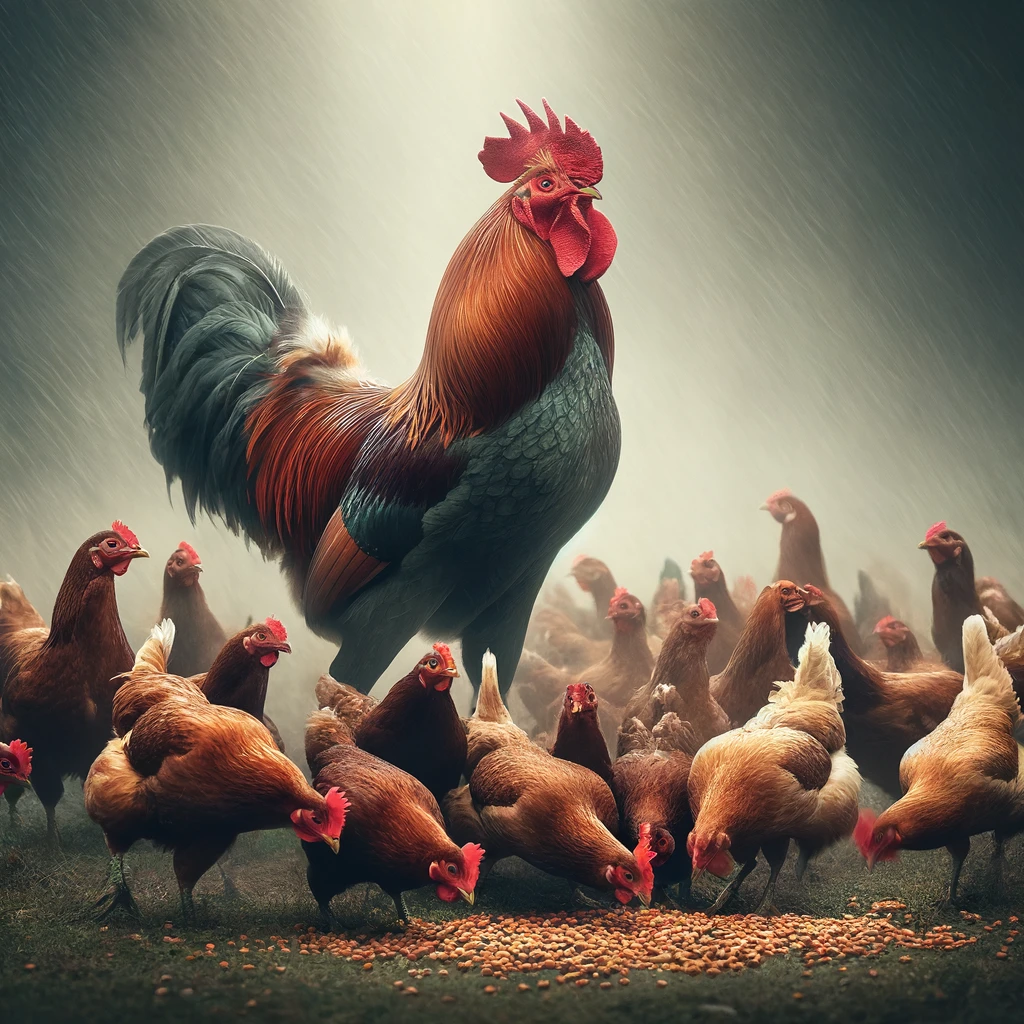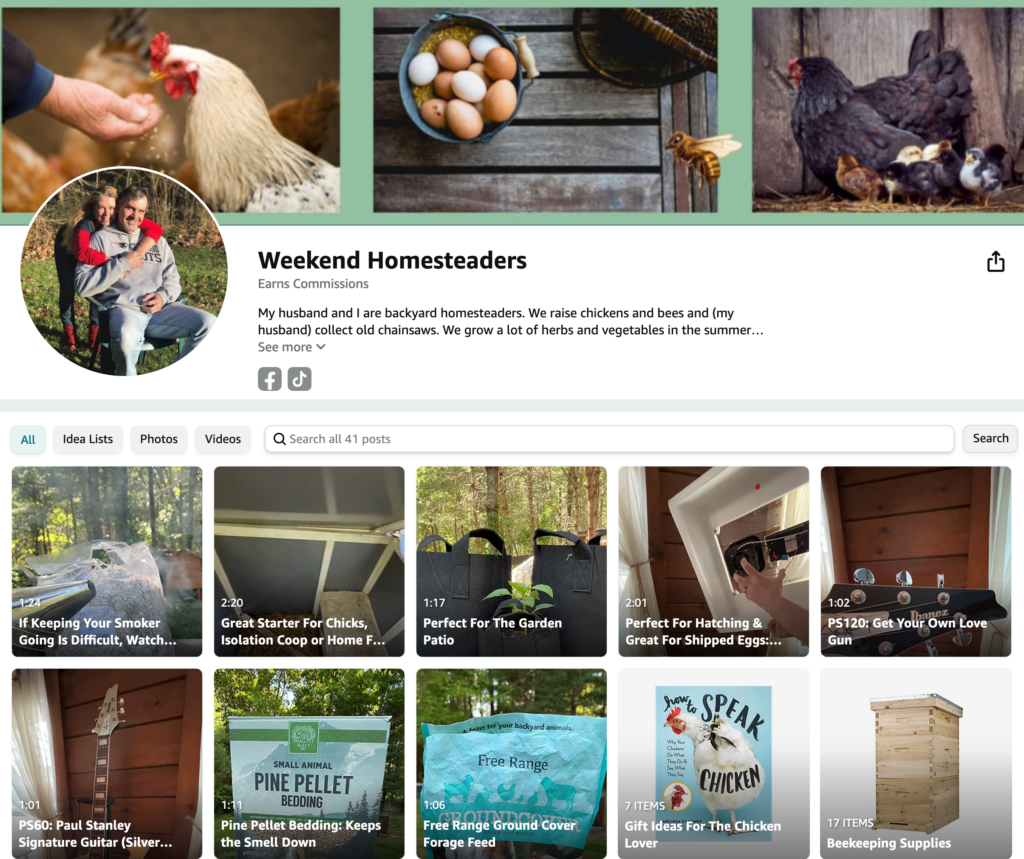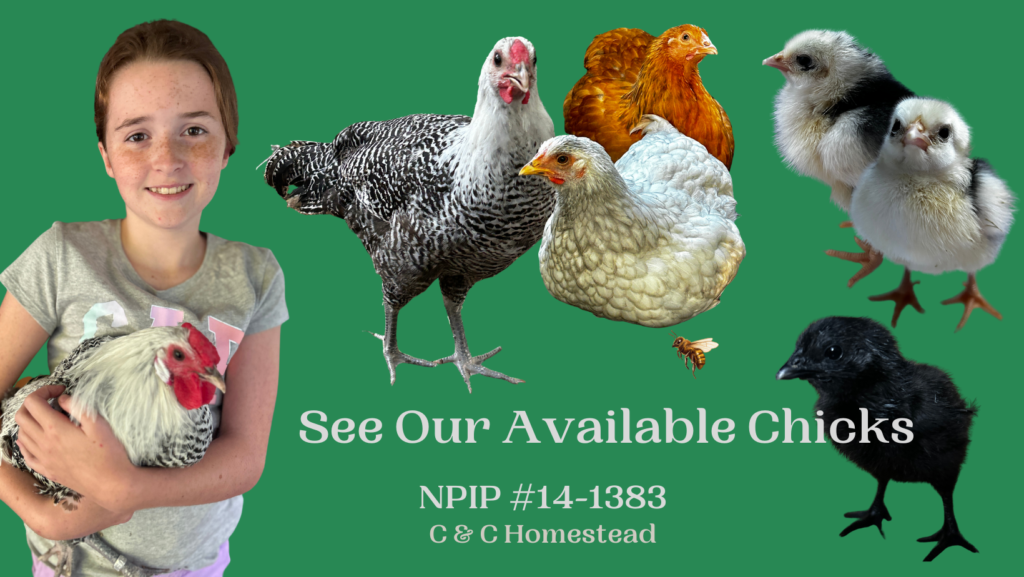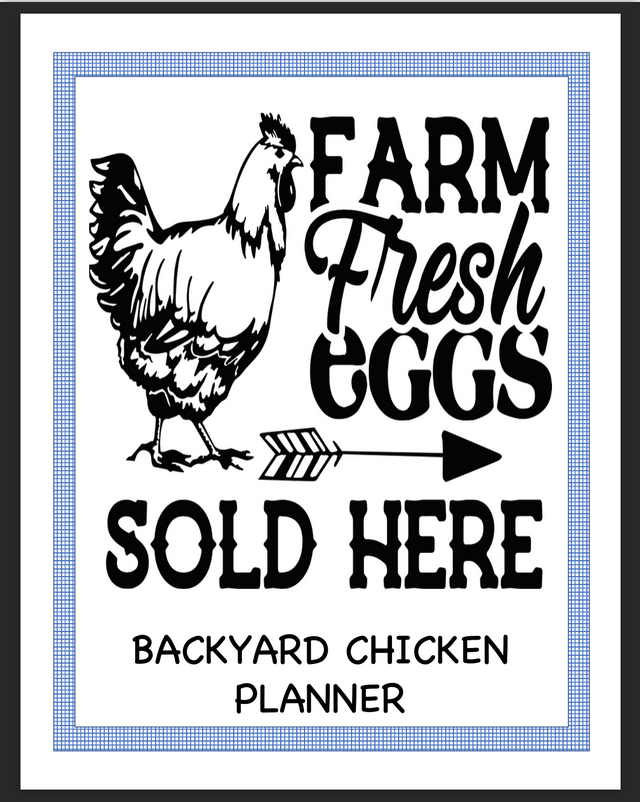Balancing Corporate & Homesteading Lifestyles
Rooster Behavior: Scouting For Food & Protection While Eating

Roosters fulfill several critical roles within the hierarchy of a chicken flock, prominently among them are scouting for food and protecting the flock during feeding. These behaviors are not only fundamental to the rooster's role as a leader but also essential for the safety and nutritional health of the entire flock.
Here’s an in-depth look at each of these important behaviors:
Scouting for Food
- Proactive Foragers:
- Roosters are typically the most active and vigilant members of a chicken flock when it comes to searching for food. They use their heightened senses to locate food sources that may not be immediately obvious.
- They often venture farther from the coop than the hens, exploring diverse environments to assess the availability of food, which can include seeds, insects, and small invertebrates.
- Leadership in Foraging:
- When a rooster finds a significant source of food, he will often signal to the hens using specific calls. This not only helps in directing the hens to food but also reinforces the rooster's role as a leader.
- The rooster's ability to find and share food resources plays a key role in the pecking order, enhancing his status and importance within the flock.
- Use of Visual and Vocal Signals:
- Roosters often use a combination of movements and noises to catch the attention of their flock. A common behavior is the tidbitting motion, where the rooster picks up and drops food while making distinctive sounds to alert the hens that food is available.
- Assessment of Safety:
- Before signaling the hens, roosters will typically ensure that the food source is safe. This involves a quick survey of the surrounding area for potential threats, ensuring the safety of the flock before they begin to eat.
Protection While Eating
- Vigilance:
- As the hens feed, the rooster’s role shifts predominantly to that of a lookout. Staying alert, the rooster watches for potential predators or other dangers, allowing the hens to feed without distraction or distress.
- This vigilance is crucial, particularly in open areas or where the flock is more exposed to potential threats from aerial or ground predators.
- Positioning:
- During feeding, roosters often position themselves on a slightly elevated point or an open spot where they have a clear view of the surroundings. This strategic positioning helps them to detect threats more efficiently.
- Roosters may also patrol the area, walking around the flock, to keep a constant watch over different angles.
- Immediate Response:
- If a threat is detected, roosters respond immediately, often with loud alarm calls that signal the hens to flee to safety. They may also confront or try to distract predators to protect the hens and chicks.
- Roosters are known for their bravery, facing off against much larger predators to defend their flock.
- Post-Feeding Gathering:
- Once the feeding is complete, roosters typically lead the hens back to the safety of the coop or to another secure area. This ensures that the flock remains cohesive and protected throughout the day’s activities.
These behaviors exemplify the rooster's integral role in not only the survival of the flock but also in maintaining its social structure. By scouting for food and providing vigilant protection, roosters contribute significantly to the overall well-being and productivity of the flock, demonstrating their importance as more than just breeders within the community.



